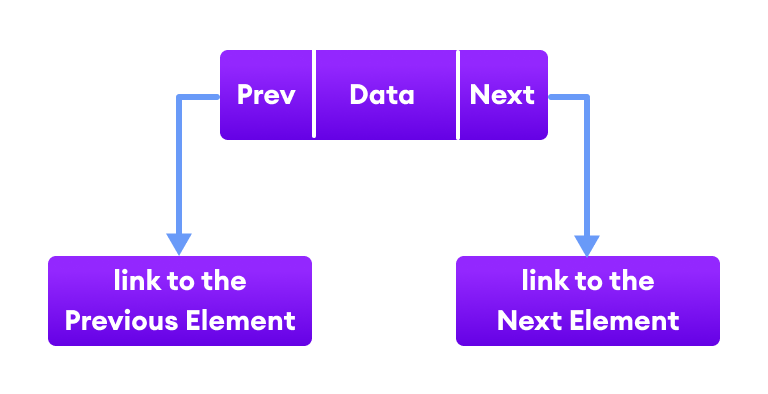
In other words, we must first remove the top element using the pop operation to access the next element in the stack. When we want to access the elements in the stack, we can only access them in a LIFO (Last-In-First-Out) manner, meaning that we can only access the top element first, followed by the second-to-top element, and so on. So, when elements are pushed onto the stack in that order, the top of the stack will contain element 1, and the bottom of the stack will contain element 4.

In other words, the last element to be pushed onto the stack becomes the top element, while the first element to be pushed becomes the bottom element. In push operation elements are added to the top of the stack. Suppose we insert elements 4, 3, 2, and 1 into the stack using the push operation. The peek operation returns the value of the top element without removing it. The push operation involves adding an element to the top of the stack, while the pop operation removes the top element from the stack.

When implementing a stack using singly linked list, it is essential to consider the standard operations of push, pop, and peek. Understanding Stack Implementation Using Singly Linked List
Implement stack using linked list in java how to#
In this article, we will learn how to do stack implementation using singly linked list.

Implementing a stack using a singly linked list is a common exercise that helps to understand how linked lists work and how they can be used to implement other data structures. It is widely used in computer science, programming languages, and operating systems. A stack is an abstract data type that follows the LIFO (Last In First Out) principle.


 0 kommentar(er)
0 kommentar(er)
